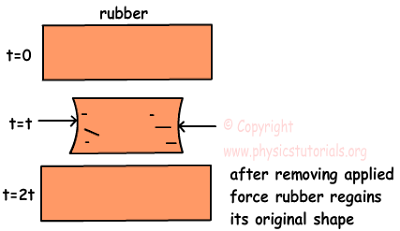FITS
- The degree of tightness or looseness between two mating parts is known as fits of the parts .
- The nature of fits is charactrised by the presence and size of clearence and interference .
TYPES OF FITS
- Clearence fit
- Interference fit
- Transition fit
1. CLEARENCE FIT
* The clearence is a amount by which the actual size of shaft is less than the actual size of the mating hole in the assembly .
* In other words the clearence is the difference between the size of hole and the shaft before assembly .
* The difference must be positive .
TYPES OF CLEARENCE FIT
- Minimum clearence:- The difference the minimum size of hole and the maximum size of shaft known as minimum clearence .
- Maximum clearence :- The difference between the maximum size of hole and the minium size of shaft called maximum clearence .
2 . INTERFREENCE FIT
* It is the amount of by which the actual size of shaft is larger than the actual finished size of the mating body in the asembly .
* in other words the interference is the arithmatical difference between the size of hole and the shaft before assembly .
* The difference is must be negative .
TYPES OF INTERENCE FIT
- Minimum interference :- The difference between the maximum size of hole and the minium size of shaft known as the minium interference .
- Maximum interference :- The difference between the minium size of hole and the maximum size of hole is known as the maximum interference .
3 . TRANSITION FIT
* In this type of fit , the size of limit of mating parts are so selected that either the clearence or interference may occur depending on the actual size of the mating parts ,
* the transition fit may be force fit , push fit .
























